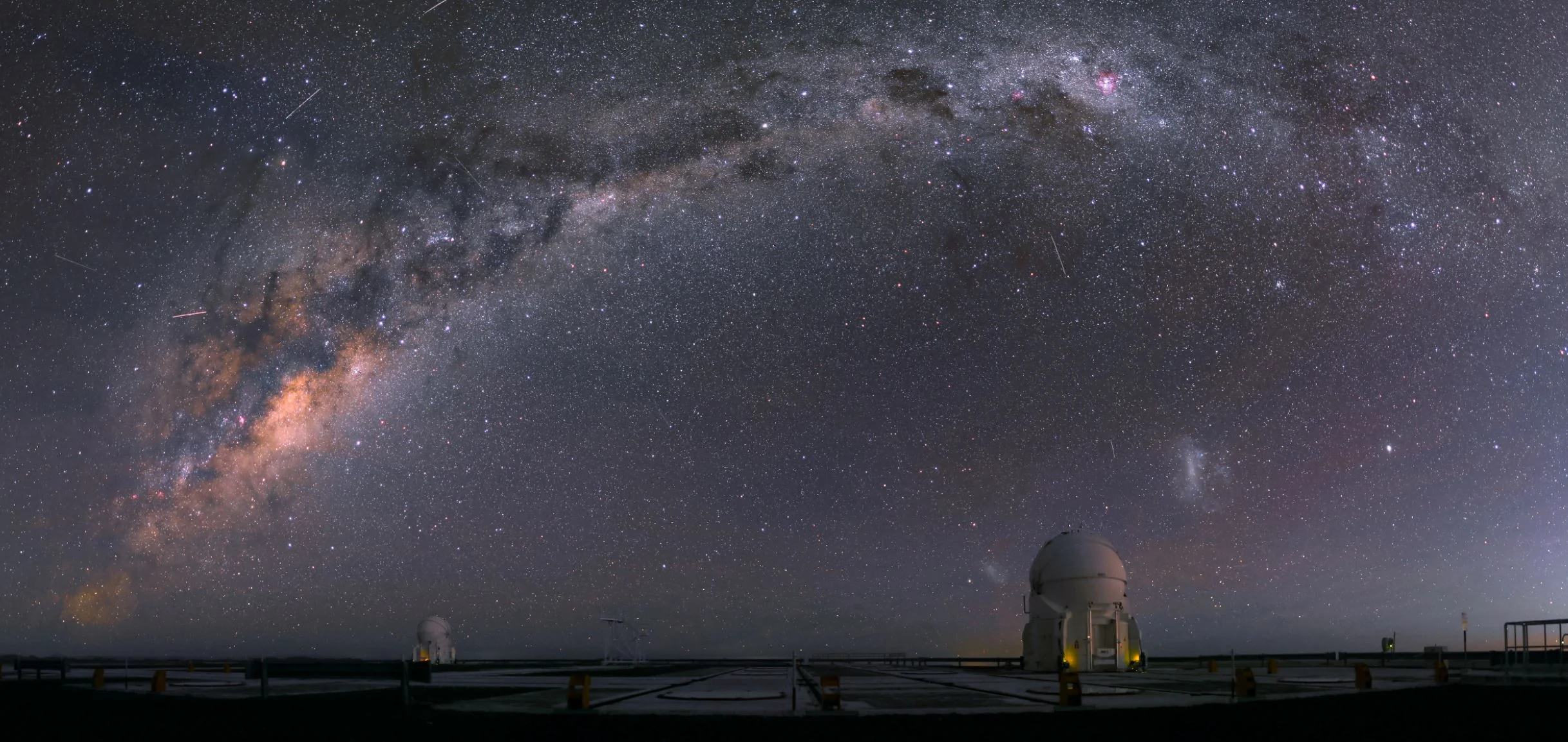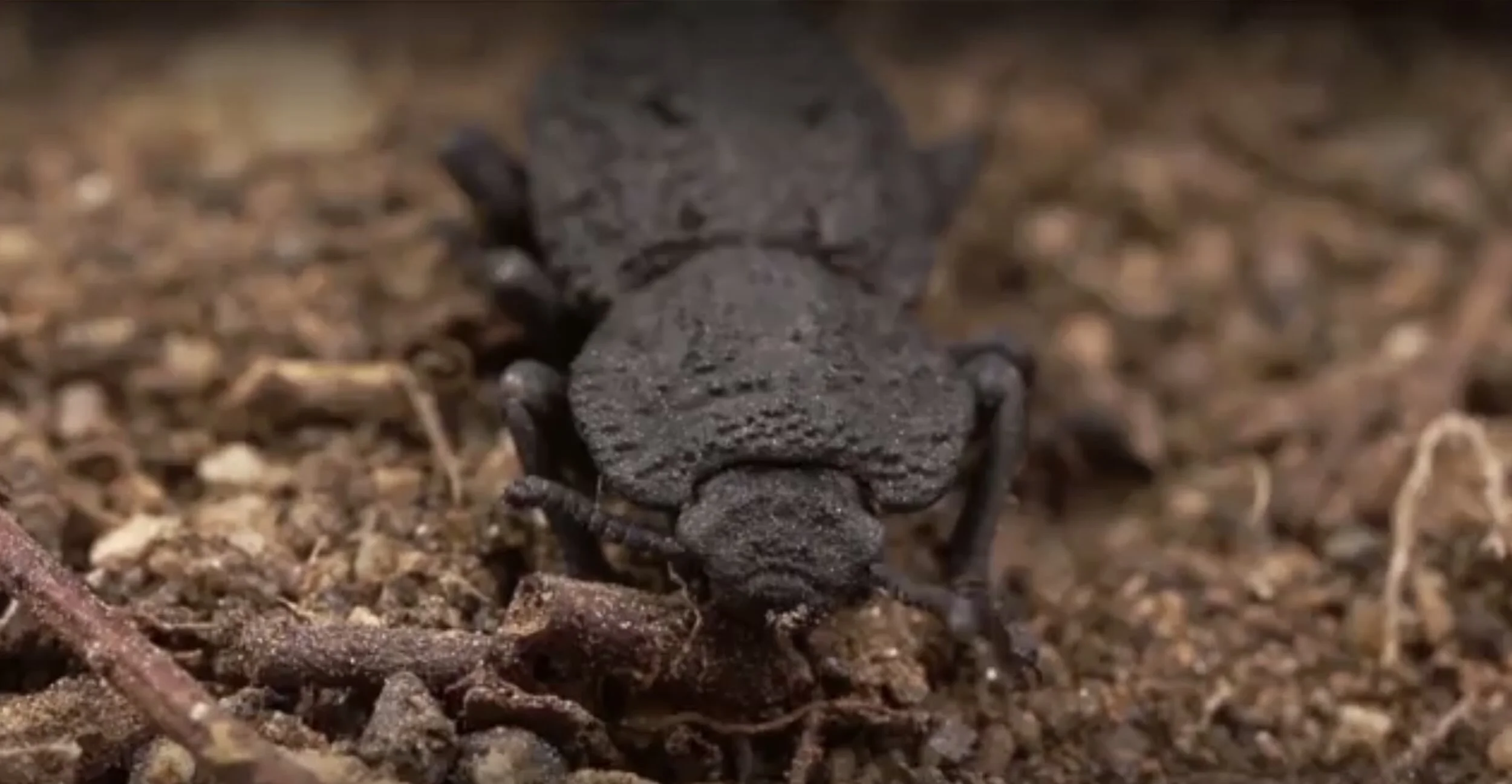A nearby exoplanet vanished from sight in recent observations, baffling astronomers as to what is behind this mysterious disappearance.
Comments and suggestions are welcome! Don't hesitate and leave them on our comment section down below the article
An artist impression of a planetary collision - Image Credit: Alin Brotea via Shutterstock - HDR tune by Universal-Sci
Fomalhaut b, an exoplanet located only 25 lightyears from Earth in the constellation Piscis Australis, apparently disappeared from sight when astronomers recently tried to observe it using the Hubble Space Telescope. Its disappearance has scientists baffled while they look for an explanation.
One of the principal explanations is that we are looking at the results of a massive collision between two huge bodies in the vicinity of the Fomalhaut star. Further examination is needed to confirm this hypothesis.
In an interview on the NASA website, András Gáspár, Assistant Astronomer at the Department of Astronomy and Steward Observatory of the University of Arizona, Tuscon, stated that collisions like this are exceptionally rare meaning that it is a rather big deal that one has been observed. The research team believes that they were simply in the right place at the right time.
George Rieke, also affiliated with the University of Arizona's Steward Observatory, noted that the Fomalhaut star system is the ultimate test lab for ideas about the evolution of exoplanets and star systems. He added that there is evidence of similar collisions in other star systems. But none of those at this scale. According to Rieke, this collision can be an outline of how planets destroy one another.
Exoplanet Fomalhaut b, first observed back in 2004, confirmed in 2008, was visible during various years of Hubble observations, revealing that it was on the move. Until its confirmation in 2008, evidence for exoplanets had mostly been inferred through indirect detection methods of observation, but not directly. Unlike other directly imaged exoplanets, though, nagging puzzles arose with Fomalhaut b from early on. The presumed exoplanet was surprisingly bright in visible light while it did not have any detectable infrared heat signature. Astronomers conjectured that the added brightness came from a huge shell or ring of dust encircling the planet that may possibly have been collision-related.
This image simulates what astronomers, researching Hubble Space Telescope observations, taken over several years, consider evidence for the first-ever detection of the aftermath of a huge planetary collision in a nearby star system. - Image Credit: NASA, ESA, and A. Gáspár and G. Rieke (University of Arizona)
According to Gáspár, their study, which analyzed old Hubble data on Fomalhaut, showed several features that together paint a picture that the planet-sized object may never have existed in the first place. Confirmation came when the data analysis of Hubble images taken in 2014 showed the object had vanished. Mysteriously though, previous records indicated that the object was fading continuously over time. It was clear to the scientists that Fomalhaut b was doing things a regular planet should not be doing.
Astronomers expect that Fomalhaut b is gradually expanding from the smashup that blasted a dissipating dust cloud into space. Gáspár and Rieke think the impact occurred not too long before the first observations taken in 2004.
Due to the fact that Fomalhaut b is currently located within a massive ring of icy debris encircling the star, colliding bodies would likely be a mix of ice and dust, like the comets that can be found in the Kuiper belt in our own solar system. The scientists predict that these comet-like bodies measure approximately 200 km across.
The upcoming James Webb Space Telescope planned to launch on the 30th of March, 2021, is scheduled to observe the Fomalhaut system as well. Astronomers hope it will reveal more parts of this intriguing puzzle. We will keep you updated.
Sources and further reading: James Webb Space Telescope / NASA press release
Featured Articles:
If you enjoy our selection of content please consider following Universal-Sci on social media




















